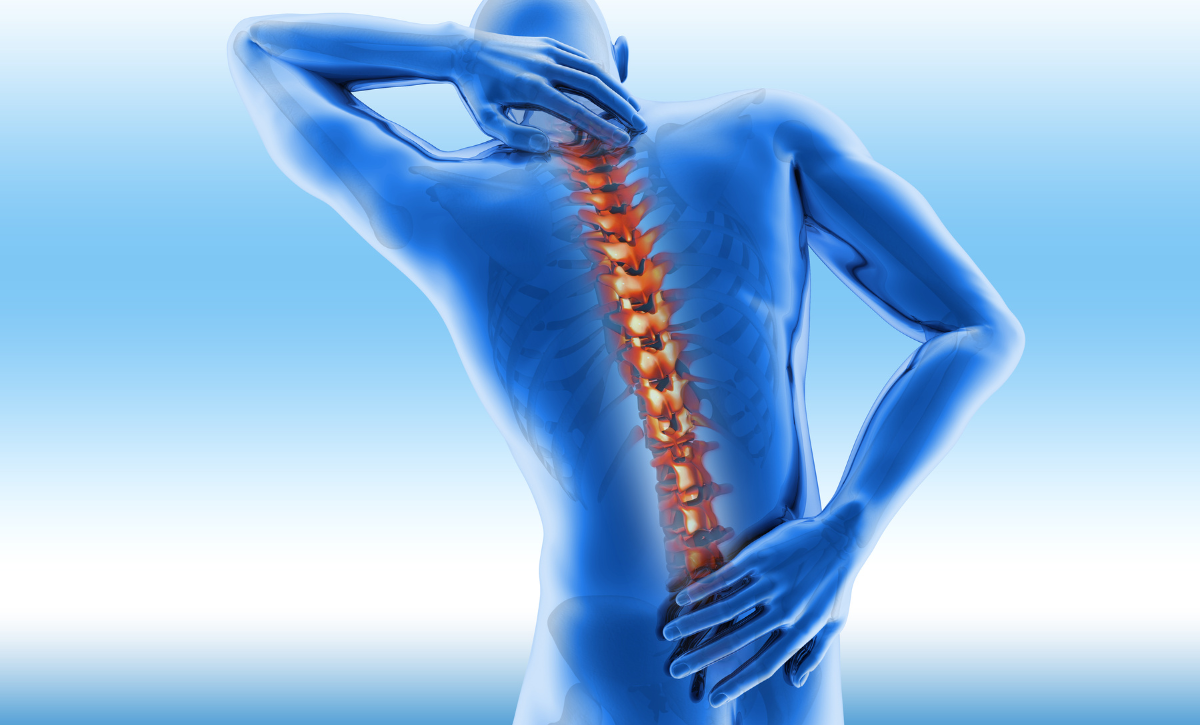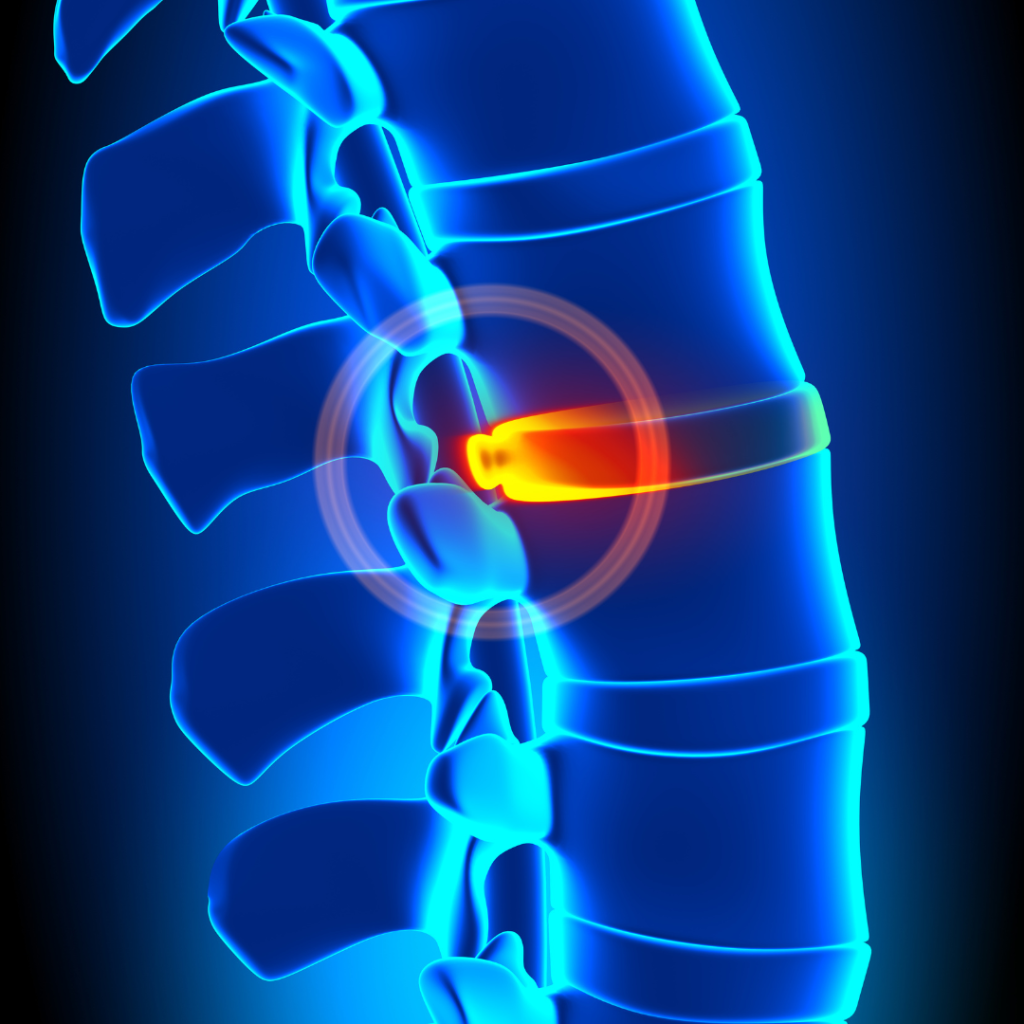
Spine Injury

A spinal cord injury — damage to any part of the spinal cord or nerves at the end of the spinal canal (cauda equina) — often causes permanent changes in strength, sensation and other body functions below the site of the injury.
If you’ve recently experienced a spinal cord injury, it might seem like every aspect of your life has been affected. You might feel the effects of your injury mentally, emotionally and socially.
Many scientists are optimistic that advances in research will someday make the repair of spinal cord injuries possible. Research studies are ongoing around the world. In the meantime, treatments and rehabilitation allow many people with spinal cord injuries to lead productive, independent lives.
Symptoms
Your ability to control your limbs after a spinal cord injury depends on two factors: the place of the injury along your spinal cord and the severity of injury to the spinal cord.
The lowest normal part of your spinal cord is referred to as the neurological level of your injury. The severity of the injury is often called “the completeness” and is classified as either of the following:
• Complete. If all feeling (sensory) and all ability to control movement (motor function) are lost below the spinal cord injury, your injury is called complete.
• Incomplete. If you have some motor or sensory function below the affected area, your injury is called incomplete. There are varying degrees of incomplete injury.
Spinal cord injuries of any kind may result in one or more of the following signs and symptoms:
• Loss of movement
• Loss or altered sensation, including the ability to feel heat, cold and touch
• Loss of bowel or bladder control
• Exaggerated reflex activities or spasms
• Changes in sexual function, sexual sensitivity and fertility
• Pain or an intense stinging sensation caused by damage to the nerve fibers in your spinal cord
• Difficulty breathing, coughing or clearing secretions from your lungs
Emergency signs and symptoms
Emergency signs and symptoms of a spinal cord injury after an accident may include:
• Extreme back pain or pressure in your neck, head or back
• Weakness, incoordination or paralysis in any part of your body
• Numbness, tingling or loss of sensation in your hands, fingers, feet or toes
• Loss of bladder or bowel control
• Difficulty with balance and walking
• Impaired breathing after injury
• An oddly positioned or twisted neck or back
Causes
Spinal cord injuries may result from damage to the vertebrae, ligaments or disks of the spinal column or to the spinal cord itself.
A traumatic spinal cord injury may stem from a sudden, traumatic blow to your spine that fractures, dislocates, crushes or compresses one or more of your vertebrae. It also may result from a gunshot or knife wound that penetrates and cuts your spinal cord.
Additional damage usually occurs over days or weeks because of bleeding, swelling, inflammation and fluid accumulation in and around your spinal cord.
A nontraumatic spinal cord injury may be caused by arthritis, cancer, inflammation, infections or disk degeneration of the spine.
Risk factors
lthough a spinal cord injury is usually the result of an accident and can happen to anyone, certain factors may predispose you to a higher risk of sustaining a spinal cord injury, including:
• Being male. Spinal cord injuries affect a disproportionate amount of men. In fact, females account for only about 20 percent of traumatic spinal cord injuries in the United States.
• Being between the ages of 16 and 30. You’re most likely to suffer a traumatic spinal cord injury if you’re between the ages of 16 and 30.
• Being older than 65. Falls cause most injuries in older adults.
• Engaging in risky behavior. Diving into too-shallow water or playing sports without wearing the proper safety gear or taking proper precautions can lead to spinal cord injuries. Motor vehicle crashes are the leading cause of spinal cord injuries for people under 65.
• Having a bone or joint disorder. A relatively minor injury can cause a spinal cord injury if you have another disorder that affects your bones or joints, such as arthritis or osteoporosis.
Complications
At first, changes in the way your body functions may be overwhelming. However, your rehabilitation team will help you develop the tools you need to address the changes caused by the spinal cord injury, in addition to recommending equipment and resources to promote quality of life and independence. Areas often affected include:
• Bladder control. Your bladder will continue to store urine from your kidneys. However, your brain may not be able to control your bladder as well because the message carrier (the spinal cord) has been injured.
• The changes in bladder control increase your risk of urinary tract infections. The changes also may cause kidney infections and kidney or bladder stones. During rehabilitation, you’ll learn new techniques to help empty your bladder. Bowel control. Although your stomach and intestines work much like they did before your injury, control of your bowel movements is often altered. A high-fiber diet may help regulate your bowels, and you’ll learn techniques to optimize your bowel function during rehabilitation.
• Skin sensation. Below the neurological level of your injury, you may have lost part of or all skin sensations. Therefore, your skin can’t send a message to your brain when it’s injured by certain things such as prolonged pressure, heat or cold.
This can make you more susceptible to pressure sores, but changing positions frequently — with help, if needed — can help prevent these sores. You’ll learn proper skin care during rehabilitation, which can help you avoid these problems.
• Circulatory control. A spinal cord injury may cause circulatory problems ranging from low blood pressure when you rise (orthostatic hypotension) to swelling of your extremities. These circulation changes may also increase your risk of developing blood clots, such as deep vein thrombosis or a pulmonary embolus.
Prevention
Following this advice may reduce your risk of a spinal cord injury:
• Drive safely. Car crashes are one of the most common causes of spinal cord injuries. Wear a seat belt every time you drive or ride in a car.
Make sure that your children wear a seat belt or use an age- and weight-appropriate child safety seat. To protect them from air bag injuries, children under age 12 should always ride in the back seat.
• Check water depth before diving. To make sure you don’t dive into shallow water, don’t dive into a pool unless it’s 12 feet (about 3.7 meters) or deeper, don’t dive into an aboveground pool, and don’t dive into any water of which you don’t know the depth.
• Prevent falls. Use a step stool with a grab bar to reach objects in high places. Add handrails along stairways. Put nonslip mats on tile floors and in the tub or shower. For young children, use safety gates to block stairs and consider installing window guards.
• Take precautions when playing sports. Always wear recommended safety gear. Avoid leading with your head in sports. For example, don’t slide headfirst in baseball, and don’t tackle using the top of your helmet in football. Use a spotter for new moves in gymnastics.
• Don’t drink and drive. Don’t drive while intoxicated or under the influence of drugs. Don’t ride with a driver who’s been drinking.
